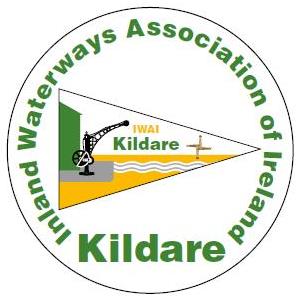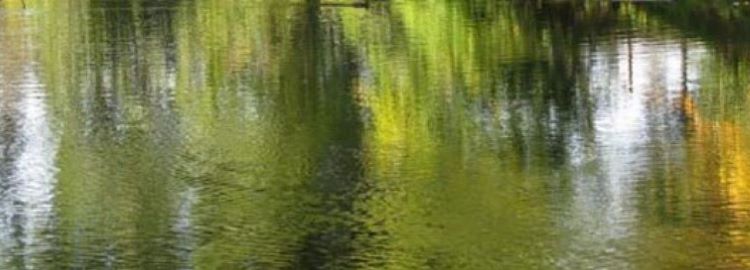When in a boat, winding along the water at 5kph or less, acknowledging anglers, walkers and cyclists on the bank as they pass 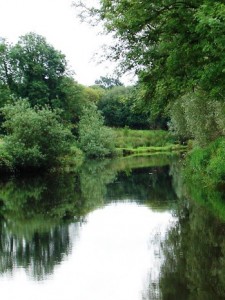 you by, you are very aware of wildlife. It might be a plant growing out of the wall of a lock, a range of plants along the edge of the water, trees and shrubs in their various stages throughout the season, that kingfisher skimming the water ahead of us or ducks scurrying into the reeds, nature is all around. Birdwatch Kildare Grand Canal
you by, you are very aware of wildlife. It might be a plant growing out of the wall of a lock, a range of plants along the edge of the water, trees and shrubs in their various stages throughout the season, that kingfisher skimming the water ahead of us or ducks scurrying into the reeds, nature is all around. Birdwatch Kildare Grand Canal
The canals in particular, although artificial constructions, are home to an amazing range of flora and fauna. Many capture this beauty on film and some in paintings, like one of our members Jills portfolio
The Irish Wildlife Trust, Waterways for Wildlife is committed to raising awareness of Ireland’s rich natural heritage and protecting it for future generations.
We also have the amazing Pollardstown Fen nearby.
Pollardstown Fen
Pollardstown Fen on the northern margin of the Curragh can be reached by water along the Milltown Feeder, which passes around the Hill of Allen and on to Milltown Bridge. The Fen area is 220 hectares with 36 springs and rare vegetation and invertebrates in a 5000-year-old landscape. The plants include saw-sedge, black bog-rush, purple moor grass, fan thistle, butterwort, fragrant orchid, fly orchid, marsh orchid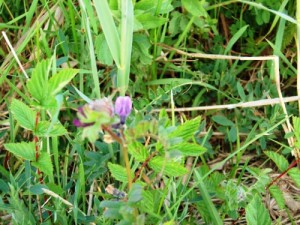 and many more.
and many more.
The evolution of Pollardstown fen began after the last ice age, about 13,000 years ago, when retreating ice fields left behind a large hollow, filled with glacial melt water and bounded by an esker.
The central lake, reed swamps and forestry surrounding the intact fen sustain a variety of animal species. In the summer you can see Mute Swans, Herons, Little Grebes, Coots and Moorhens on the lake; in the fens, reeds and grasslands are Reed Buntings, Meadow Pipits, Skylarks, Water Rails and Sedge Warblers.
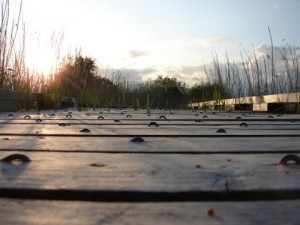 In winter, there are migrating wildfowl such as Pintail and Tufted Duck. A number of mammals live on the fen including the Otter, Hare and Pygmy Shrew, while the Common Frog and Smooth Newt are common amphibians. The fen supports many species of invertebrates such as dragonflies and damselflies, and butterflies include the Orange Tip, Green Veined White, Tortoiseshell, Speckled Wood and Common Blue. Pollardstown Fen National Nature Reserve is west of Newbridge. A bird hide located in the southern section of the nature reserve is open to the public and there are walks around the reserve. Birdwatch Kildare Pollardstown Fen Note: All flora and fauna on the fen are protected by law
In winter, there are migrating wildfowl such as Pintail and Tufted Duck. A number of mammals live on the fen including the Otter, Hare and Pygmy Shrew, while the Common Frog and Smooth Newt are common amphibians. The fen supports many species of invertebrates such as dragonflies and damselflies, and butterflies include the Orange Tip, Green Veined White, Tortoiseshell, Speckled Wood and Common Blue. Pollardstown Fen National Nature Reserve is west of Newbridge. A bird hide located in the southern section of the nature reserve is open to the public and there are walks around the reserve. Birdwatch Kildare Pollardstown Fen Note: All flora and fauna on the fen are protected by law
Kildare Peatlands
Within cycling or walking distance of the Grand Canal in Kildare are the Bog of Allen and Ballynafagh Lake. Under the care of the Irish Peatland Conservation Council (IPCC) a visit will provide an insight into the rich natural history of the area and a great day out.
Over 16% of the landmass on this island is peatland with oldest bogs dating from 9000 years ago. Kildare bogs contain over 300 species of animal, bird, insect and plant. Among them are:
Animals: Deer, Fox, Frog, Hare and Otter; Deer
Birds: Curlew, Golden Plover, Kestrel, Meadow Pipit, Red Grouse, Skylark, Snipe
Insects: Cranefly, Dragonfly, Damselfly, Emperor Moth, Great Diving Beetle, Heath and Marsh Fritillary Butterfly
Plants: Bog Asphodel, Bog Cotton, Bog Rosemary, Ling Heather, Sphagnum Mosses, Sundew
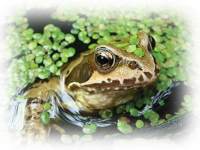 Because of the acidity of peat and the lack of oxygen in a peat environment, the bog is an excellent material for preserving objects buried hundreds of years ago. The normal decay process does not take place and with an average depth of 7.5 metres, small and large objects are preserved. It also gives us a rare insight into the way people lived back in the stone and bronze ages. On your next visit to the National Museum, note the number of objects found in bogs.
Because of the acidity of peat and the lack of oxygen in a peat environment, the bog is an excellent material for preserving objects buried hundreds of years ago. The normal decay process does not take place and with an average depth of 7.5 metres, small and large objects are preserved. It also gives us a rare insight into the way people lived back in the stone and bronze ages. On your next visit to the National Museum, note the number of objects found in bogs.
More information on some of our favourite peatlands is here: Lullymore West Bog, Lullymore Biodiversity Trail and Ballynafagh Lake
2015/2023
